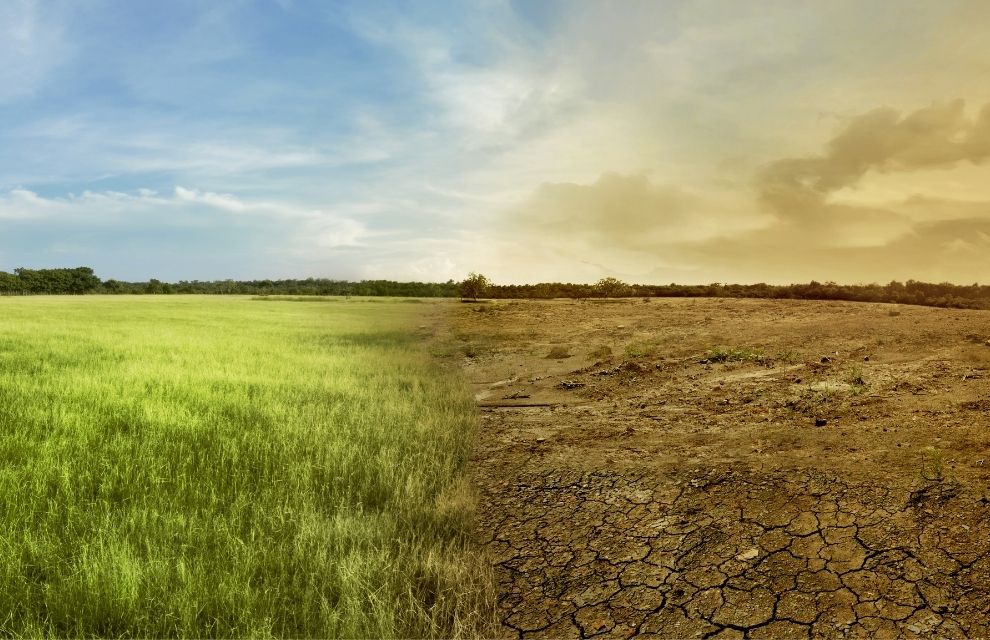The insurance industry has an important role to play in adaptation and mitigation measures to tackle the effects of climate change, according to Sheri Wilbanks, head of group risk management, property and casualty climate and sustainability at AXA XL. Speaking in a keynote speech at the World Captive Forum last week, Wilbanks highlighted the difference between the two concepts, with adaptation referring to the risk modelling of events, responses to natural catastrophes and the development of sustainable solutions. In conjunction, mitigation relates to efforts to support the transition to a net-zero economy, as well as creating low-carbon solutions and addressing insurable transition risks. Case study: Florida Using the location of the forum as a tangible case study, Wilbanks noted that in Florida, sea levels have risen four inches since 1994, while eroding shorelines includes more than 400 miles of critically eroded beach. It is therefore essential to focus on adaptation measures in Florida, argued Wilbanks, as more than 70 per cent of Floridian residents live in a coastal county that will be directly impacted by rising sea levels. In addition, shallow groundwater supplies are affected by rising sea levels as this impacts drinking water and systems that carry wastewater away from septic systems. Wilbanks added that a two foot rise in sea level (which is expected by 2050) would endanger more than 250 miles of the most high-traffic highways in the state. While this adaptation is necessary, it is likely not sufficient without accompanying mitigation measures. The heat and humidity is potentially deadly for many Floridian residents, especially the elderly, while rising carbon dioxide levels and higher temperatures spread airborne allergens and can cause respiratory issues. Rising sea surface temperatures promote toxic algae blooms which kill sea life and endanger residents, while a warmer atmosphere holds more water vapour which contributes to more frequent and intense rainfall events, leaving the state vulnerable to inland and river flooding. The role of insurance In terms of the wider insurance industry and mitigation measures, Wilbanks noted the creation of the Glasgow Financial Alliance for Net Zero, and the associated Net-Zero Insurance Alliance (NZIA). These entities allow insurers to leverage both sides of the balance sheet: assets (Net-Zero Asset Owner Alliance promotes principles for responsible investment, risk and return equation favours low-carbon assets) and liabilities (NZIA promotes principles for sustainable insurance, risk and more risk from developing climate impacts). As a risk carrier, NZIA establishes intermediate, science-based targets every five years and defines the first intermediate target within 18 months of official launch based on one or more scientific metrics. NZIA members then individually publish their intermediate targets within six months of the target-setting protocol publication, as well as independently, publicly and annually report on their progress against these targets. Insuring the climate transition means insuring the economic impacts from natural events, as well as risk reduction and loss prevention, Wilbanks explained. Regarding the economics of sustainable investing, Wilbanks identified that this requires the redeployment of capital to support transition opportunities to ensure both physical and transition risks are well-managed and to minimise exposure to stranded assets. The dubbed ‘theory of change’ sets out the steps that must be taken by the insurance industry to ensure the above is possible. This includes establishing underwriting criteria and guidelines, and engaging with both existing and potential clients to develop and offer insurance and reinsurance products and solutions. In addition, insurers must improve claims management in an environmentally-sustainable manner, integrate independently-determined, company-specific net-zero and decarbonisation-related risk criteria into risk management frameworks, and advocate for and engage in governmental policies. Captives Wilbanks concluded the session by discussing how captives can significantly aid the insurance industry in developing adaptation measures against climate change as the flexibility facilitates and provides coverage for evolving climate risks. In addition, as an inherently innovative industry, captives are freer to pilot and test newer technologies and solutions that enable them to quickly and accurately address climate change-related risks. In terms of mitigation measures, captives provide advantages as they are able to consider sustainability as a framework to improve risk management, rather than simply as an investment topic. Furthermore, they can be utilised to support the parent company’s net-zero targets, Wilbanks added.


